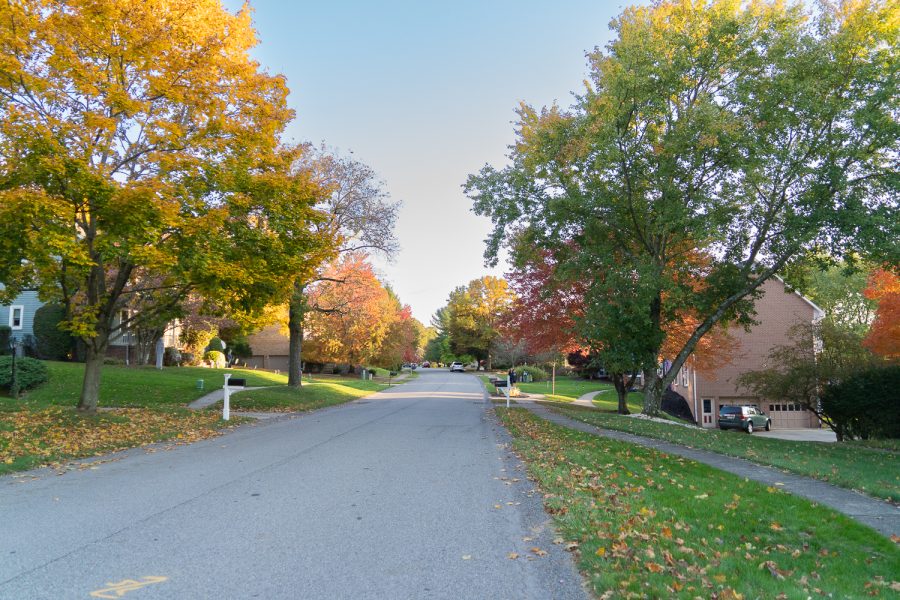On Mixed-Use Communities
Suburban sprawl has taken a toll on cities. It is time we return to communities where we work, shop, and reside.
Suburban life in America would have been unimaginable a century ago.
October 21, 2022
Most working adults would say their commute is the worst part of their day. The phenomenon raises a relevant question in the modern era: Why is it that we live so far from the places where we work?
The answer is more convoluted than it may seem. Before the rise of suburban housing plans, people commonly lived in mixed-use communities.
In the mid-20th century, the availability of affordable cars made it easy to separate our residence from where we work and shop. Prior, it was impossible to imagine your house 10 plus miles away from your job, now, there’s a whole industry based on people needing to commute to work.
Large cities offer the best potential for mixed-use neighborhoods, but the problem is that people choose to live outside of the cities in which they work, so after work hours, the areas that surround the sky-scraping office buildings can feel lifeless.
If we had mixed-use neighborhoods in place of the large suburban housing residential areas, a lot of people wouldn’t need to commute for work — they’d just walk or bike. This would give people more time in the day, not only by cutting out the commute itself but also by allowing them to shop on their break at work or on their way home.
Part of the appeal of mixed-use neighborhoods is the reduced need for cars on a daily basis. Shopping would be done locally, causing residents to interact with their neighbors who run the businesses in the community, in turn creating a stronger sense of community. And by spending money in the community, people are directly investing into it and ensuring its economic health.
Mixed use communities are, above all, self-sufficient. Their economies are largely exclusive to the area they are in.
By eliminating the commute and being able to work errands into the work day, everyone within the community will save time in their days. Individuals won’t encounter hours of traffic on the way home from work, they won’t have to run errands on the way home, and they’ll be able to leave the house later in the morning.
This newfound time in the day results in less stress for adults, more time spent with family, stronger family dynamics, and more.
Of course, mixed-use communities do not appeal to people who want privacy, a large yard, or nearby expanses of undeveloped land. However, in the suburbs these days, residents aren’t getting much of that anyway. Most residents in a planned suburban neighborhood don’t have a very large yard to begin with, and the housing sizes fluctuate.
Massive mansion-sized homes are inefficient, using up too much land and resources to justify housing one family. If people would be willing to move into more densely populated areas, they could become mixed-use. Another angle could be to turn the existing suburban plans into communities that can accommodate more than one use. This could work, but it would be hard to build vertically. The addition of a few three-to-four story buildings could keep the general look of the neighborhood while adding more places for businesses to move into.
Shifting the focus of our neighborhoods here in the US will not be easy, but it will drastically improve the standard of living for those already living in mixed-use communities that were once more vibrant. And the addition of new ones would be a source of opportunity.













